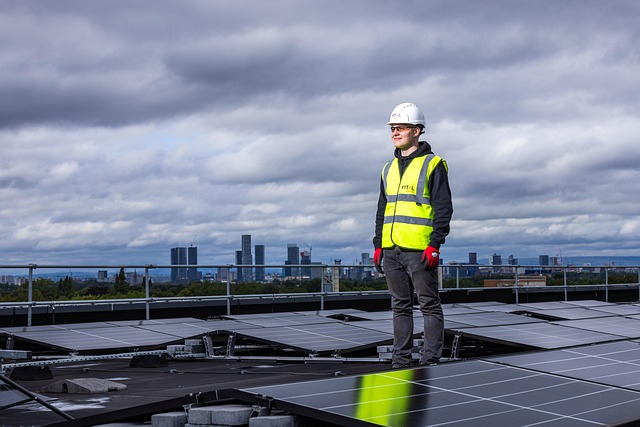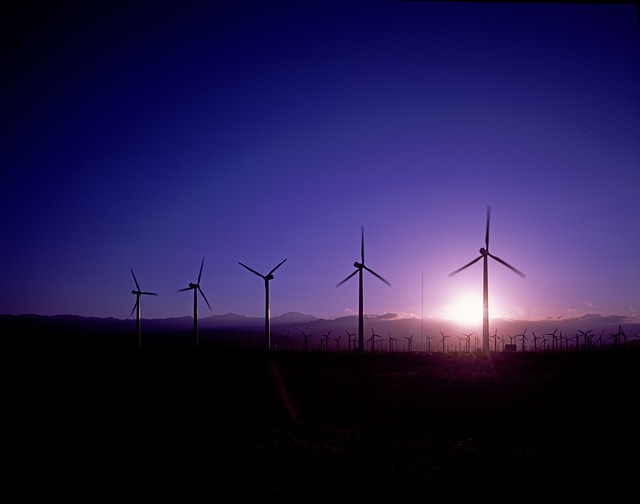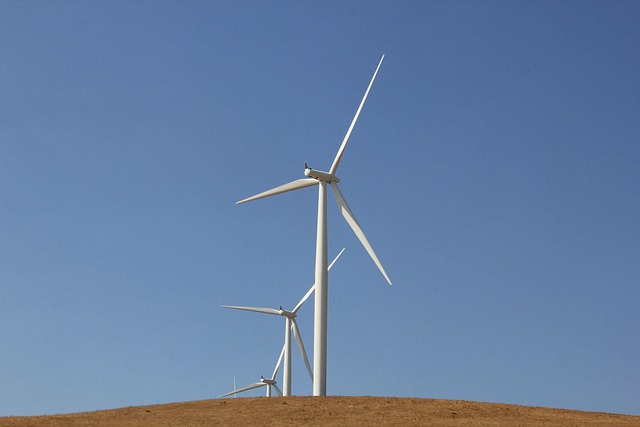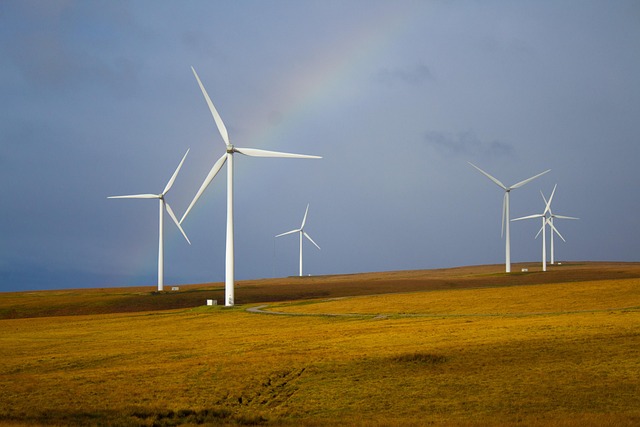From Solar to Wind: A Deep Dive into Green Energy Technologies
As the world grapples with the pressing challenges of climate change and depleting natural resources, the shift towards renewable energy sources has become not only desirable but essential. Among these, solar and wind energy stand out as two of the most promising technologies. This article delves into various green energy technologies, focusing on the mechanics of solar and wind power, their advantages and challenges, and the future of these vital energy solutions.
Understanding Green Energy
Green energy refers to energy derived from renewable, natural sources that are replenished at a faster rate than they are consumed. These sources include solar, wind, hydroelectric, geothermal, and biomass energy. Unlike fossil fuels, green energy technologies emit little to no greenhouse gases and other pollutants, making them integral to reducing carbon footprints and combating climate change.
Solar Energy Technologies
The Basics of Solar Energy
Solar energy harnesses the sun’s radiation to produce electricity or heat. There are primarily two technologies employed in solar energy systems: photovoltaic (PV) panels and solar thermal systems.
Photovoltaic (PV) Systems
Photovoltaic systems convert sunlight directly into electricity using semiconductor materials, typically silicon, which exhibit the photovoltaic effect. When sunlight hits these materials, it excites electrons and creates an electric current. This technology can be installed in various configurations—from large solar farms generating utility-scale power to rooftops installed on residential homes. The advancements in PV technology have seen significant efficiency improvements and cost reductions over the past decade, making solar power more accessible than ever.
Solar Thermal Systems
Unlike PV systems, solar thermal systems harness solar energy to produce heat. This process typically uses mirrors or lenses to concentrate sunlight, which in turn heats a fluid that can be used to generate steam and drive a turbine for electricity production or for direct heating applications such as water heating. Solar thermal systems are especially effective in regions with high direct sunlight and have been widely implemented in residential and commercial settings.
Advantages of Solar Energy
Solar energy offers numerous benefits including:
- Renewable Resource: Solar energy is abundant and inexhaustible, making it a reliable long-term solution for energy needs.
- Low Emissions: Solar power significantly reduces carbon emissions and contributes to cleaner air.
- Energy Independence: Harnessing local solar resources can reduce dependence on imported fuels.
- Job Creation: The solar industry has experienced robust growth, creating jobs in manufacturing, installation, and maintenance.
Challenges Facing Solar Energy
Despite its advantages, solar energy does face challenges, including:
- Intermittency: Solar energy production is dependent on sunlight, which can be variable due to weather conditions and time of day.
- Storage Solutions: Effective energy storage systems are necessary to provide power at night or during cloudy days, which can increase costs.
- Land Use: Large-scale solar farms may compete with agricultural or natural land use, presenting ecological trade-offs.
Wind Energy Technologies
The Basics of Wind Energy
Wind energy converts the kinetic energy of wind into electricity using wind turbines. As wind passes over the blades of a turbine, it causes them to rotate, driving a generator that produces electricity. Wind energy technology has evolved significantly, leading to the development of both onshore and offshore wind farms.
Onshore Wind Farms
Onshore wind farms are located on land and consist of multiple wind turbines arranged in strategic locations where wind resources are favorable. These are typically easier and more cost-effective to construct than offshore installations, making them the most common form of wind energy generation worldwide.
Offshore Wind Farms
Offshore wind farms, situated in bodies of water, harness stronger and more consistent winds than their onshore counterparts. Though they require more complex infrastructure and higher initial investments, the energy yield from offshore farms can be substantially higher, offering a significant advantage in certain regions.
Advantages of Wind Energy
Wind energy is accompanied by distinct benefits, such as:
- Clean Energy Source: Wind energy produces no air pollutants during operation, making it a vital player in reducing environmental impacts.
- Cost-Effective: The cost of producing wind energy has seen a dramatic decrease, making it one of the cheapest sources of new electricity in many regions.
- Scalability: Wind energy projects can be developed in various sizes, from small turbines serving individual homes to large, utility-scale projects supplying power to thousands.
Challenges Facing Wind Energy
Wind energy is also not without its challenges, including:
- Intermittency: Like solar energy, wind energy production can be inconsistent due to changes in wind speed and direction.
- Noise and Aesthetic Impact: Wind turbines can produce noise and may be perceived as unsightly, leading to local opposition to installation.
- Wildlife Impact: Wind turbines can pose threats to birds and bats, necessitating careful siting and design to minimize environmental effects.
The Future of Green Energy Technologies
The transition to solar and wind energy is crucial for achieving global sustainability goals. With advancements in technology, investment in research and development, and supportive policy frameworks, renewable energy sources are expected to play an even more prominent role in the energy landscape. Innovations such as floating solar farms, smart energy grids, and enhanced battery technologies are on the horizon, pointing to a future where renewable energy is more reliable, efficient, and integrated into everyday life.
Conclusion
As we forge ahead, the collective commitment to embracing green energy technologies will not only mitigate the adverse effects of climate change but also create a sustainable future for generations to come. With solar and wind energy at the forefront of this movement, it is imperative that individuals, corporations, and governments work hand in hand to harness these resources effectively and responsibly. By investing in renewable energy, we are investing in a cleaner, healthier, and more sustainable planet.



